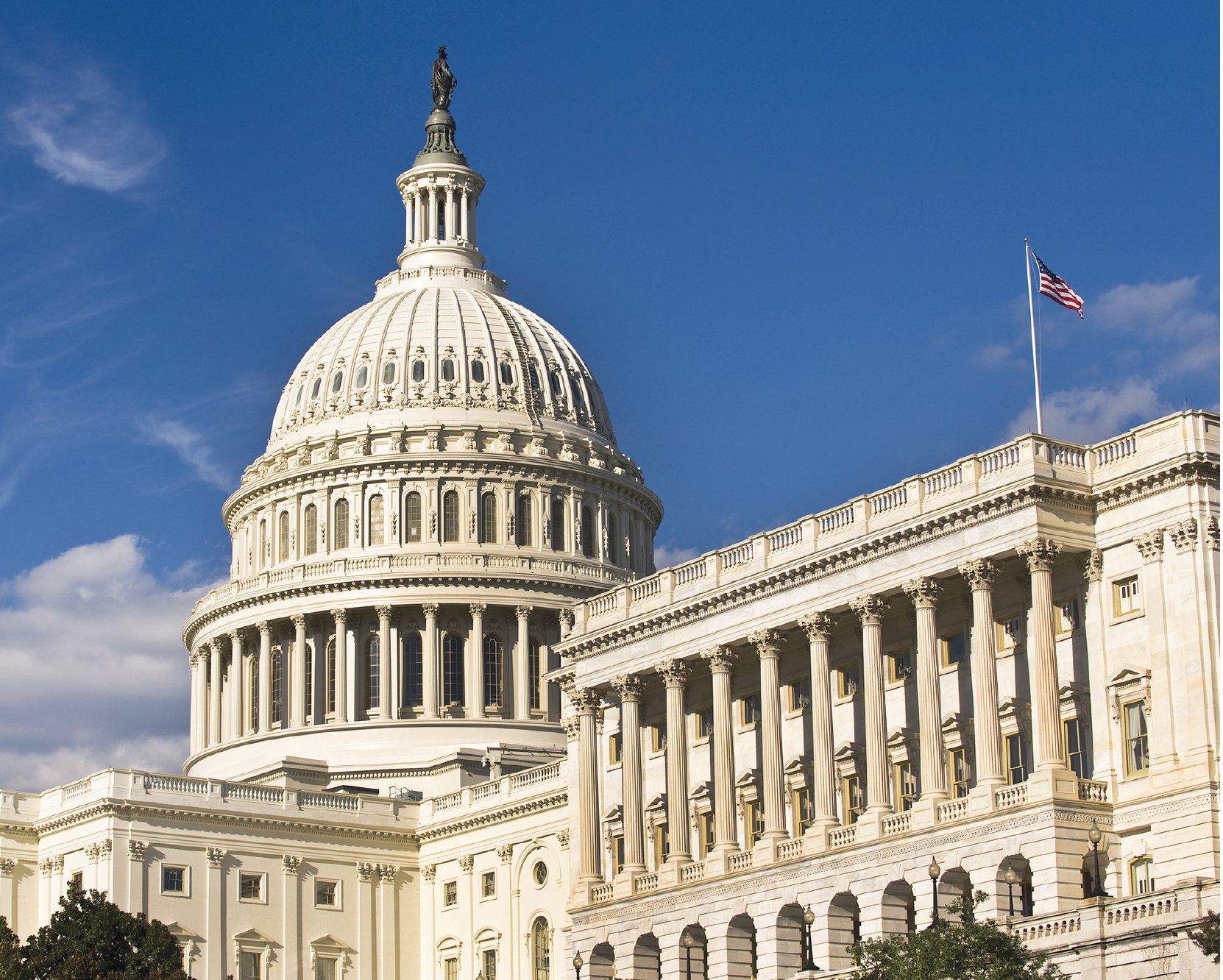By Mike Kastner, NTEA Managing Director
This article was published in the February 2019 edition of NTEA News.
The new Congress was sworn in Jan. 3, 2019, amidst a partial federal government shutdown left over from the end of 2018. Hopefully, this discord is not an indication of things to come in Washington, but it will require a good deal of effort to make progress over the next two years.
The new Congress is split with the Senate in Republican hands and the House controlled by the Democrats. Last year, Republicans controlled both chambers — but Congress was still somewhat divided, as passing controversial legislation in the Senate requires 60 votes, and Republicans did not (and still don’t) have that majority.

One significant difference this year in the House will involve committee work. The committees will now be chaired and staffed by Democrats, and there will likely be noteworthy hearing activity on topics such as motor vehicle safety and the environment.
With control of the House, each committee will have a Democratic majority. As such, if they hold to party line votes, legislation can be moved out of committee. If majority leadership agrees with the committee, action floor votes can be scheduled, and if the party line holds, bills can be passed by the House.
Given the checks and balances structure, the Senate may spend time reviewing actions taken by the House. While this system is good, it can make progress difficult to achieve when the two chambers have differing views.
Infrastructure
Infrastructure may be an area of agreement, as both parties and the White House have publicly stated their support for taking action.
The U.S. road system is in dire need of repair and new construction, but ways to fund and accomplish this goal are up in the air.
NTEA is keenly interested in the infrastructure reform debate for multiple reasons. First, quality roads help the economy function more efficiently. Second, many work truck industry companies produce and supply the trucks and equipment necessary to build and maintain the road system.
Third, the 12 percent Federal Excise Tax (FET) on heavy trucks partially funds infrastructure spending.

The Association has been at the forefront of the movement to repeal and replace FET, which is a complex and arcane tax (originally created to help pay for World War I) levied on primarily domestic manufactured trucks and truck bodies. It’s an unstable revenue source for highway spending and serves to delay the purchase of new, safer and cleaner trucks.
Last year, FET repeal legislation was introduced in the House and Senate. The House bill garnered support of 27 members of Congress. These bills will need to be reintroduced in the new Congress, but it’s a good base of support from which to start.
Environment
An issue that began percolating last year involved motor vehicle emissions and the disconnect between federal and California regulations.
In the 1960s, Congress provided California the ability to effectively implement its own motor vehicle emission standards. This was done in recognition of the state’s unique air quality issues and is carried out via an Environmental Protection Agency (EPA) waiver process. By law, EPA must grant the waiver if the California regulation would be “at least as protective of public health and welfare” as the federal regulation and if California needs such standards to meet compelling and extraordinary conditions.
In light of California’s actions on the recent Phase 2 greenhouse gas emission regulations and other expected upcoming standards, some in the current administration have questioned the appropriateness of the California waiver. In 2018 discussions with EPA officials, they made clear their strong preference for one national standard. They stopped short of saying they would refuse to grant, or would rescind, California waivers in order to secure a single standard, but have not said they wouldn’t take those actions.
If EPA, controlled by the White House, is determined to seek a single set of federal emission standards, it could refuse a California waiver request or rescind an existing one — which clearly leads to a court battle. On the other hand, Congress (now divided) could repeal the California waiver language in Clean Air Act, which seems unlikely and liable to end up in court if it ever happened.
The next two years in Congress, which lead to another presidential election, could be contentious regarding environmental issues.
Motor vehicle safety
Motor vehicle safety jurisdiction is shared by Congress and the Administration. Congress can pass laws directing National Highway Traffic Safety Administration (NHTSA) to implement regulations addressing motor vehicle safety. Similarly, NHTSA can implement regulations of its own accord.
NHTSA has been pretty quiet the last couple of years — potentially partially due to a void in management. Two years into the presidential administration, it still lacks an administrator. One has been nominated but partisan politics prevented the Senate from confirmation. This has nothing to do with the particular individual, as numerous nominees at other agencies still await confirmation as well. It’s hoped the Senate will address this personnel issue in the new Congress. On the House side, with a change in the majority and committee control, there will likely be more proactive progress this year regarding motor vehicle safety.
For more legislative and regulatory information, visit ntea.com/advocacy.